Is Batman Universe Story in Continuity
DC's planning another new timeline. Here's the only Batman canon you need…

—
UPDATED 1/15/20: DC has announced that a new continuity timeline will begin with Jan. 22's Wonder Woman #750. Now, when this sort of thing happens, fans are either relieved or they lose their minds — or perhaps somewhere in between. Either way, the move got me thinking about this piece that first ran in 2016, in slightly different form. It's as relevant now as it was then. — Dan
—
Few things get fans whipped into a frenzy more than contradictory continuity. I stopped caring about such things a long time ago. All I want are well-told stories that adhere to certain basic principles and characterizations. The details? Well, they're just details.
As time's passed, I've become an ardent advocate of creating your own continuity. Don't like a story? Ignore it. Love a story that a particular editorial regime tosses out as part of some reboot? Too bad. That's not going to stop me.
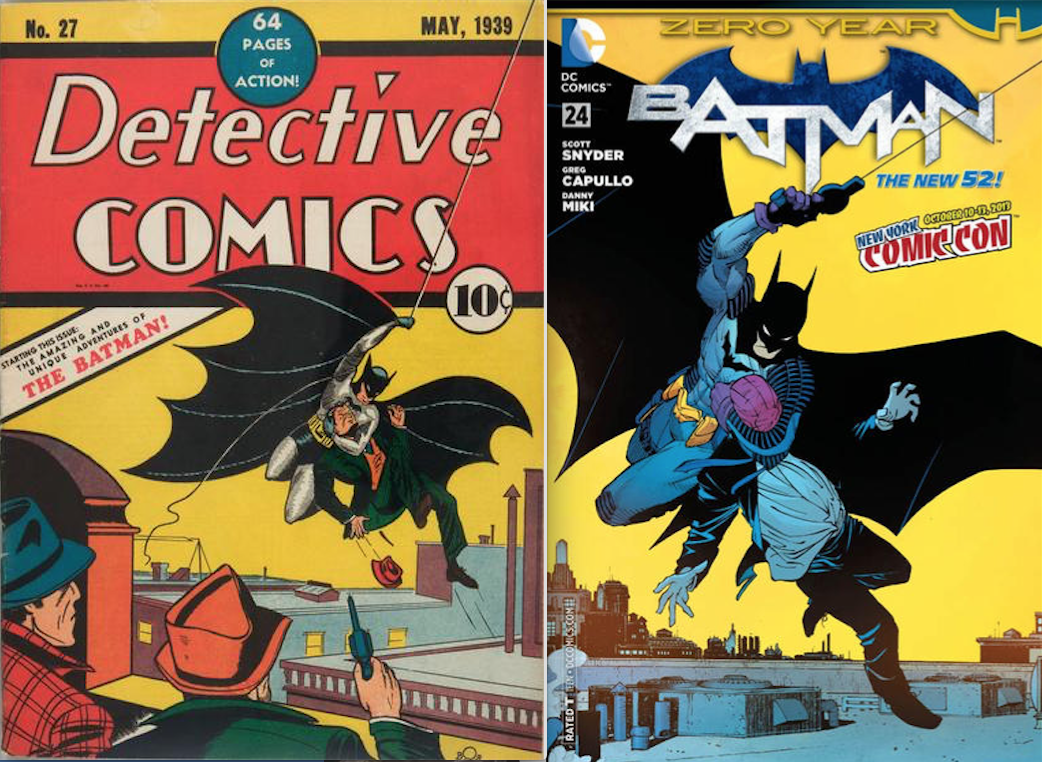
Bob Kane on the left, Greg Capullo on the right.
I wrote recently that it's perfectly fine if DC wants to give us the Joker's true name. But that doesn't mean I have to accept it as eternal truth. That piece (click here) got a very strong reaction, so I've been turning it over in my mind and decided to actually put my own canon out there, such as it is: the stories, the characterizations and the elements that I consider essential.
Basically, I've taken about 80 years of comics history, starting with Bill Finger and Bob Kane, and boiled it down to certain "truths" — sort of my own version of Len Wein's 1980 miniseries, The Untold Legend of the Batman. Or my own version of Grant Morrison's worldview that it all "happened," while preferring to focus on specific parts. There are contradictory details, sure, but I can still pull up my Batman sheets and sleep at night. (No, I don't actually have Batman sheets. That's a metaphor.)
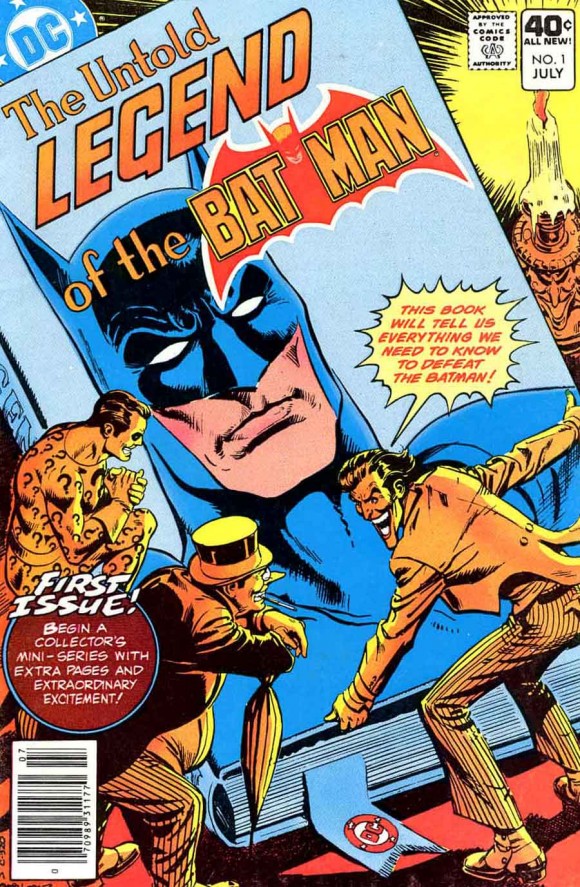
Your version of Essential Batman in all likelihood will vary from mine. And that's very much my point. So feel free to respond in the comments below or in whichever social-media thread you found this.
Here we go then, with 13 QUICK THOUGHTS on How to Build the Perfect Batman:
—
1. Batman: Year One is the only origin story you need. Other than the rudimentary elements from Detective Comics #33 — an account that was tweaked and reprinted in Batman #1 — no story has provided a better foundation for how Bruce Wayne transformed himself into Gotham's avenger of the night than Frank Miller and David Mazzucchelli's masterpiece. Batman: Year One is also the best Gordon origin you'll find.
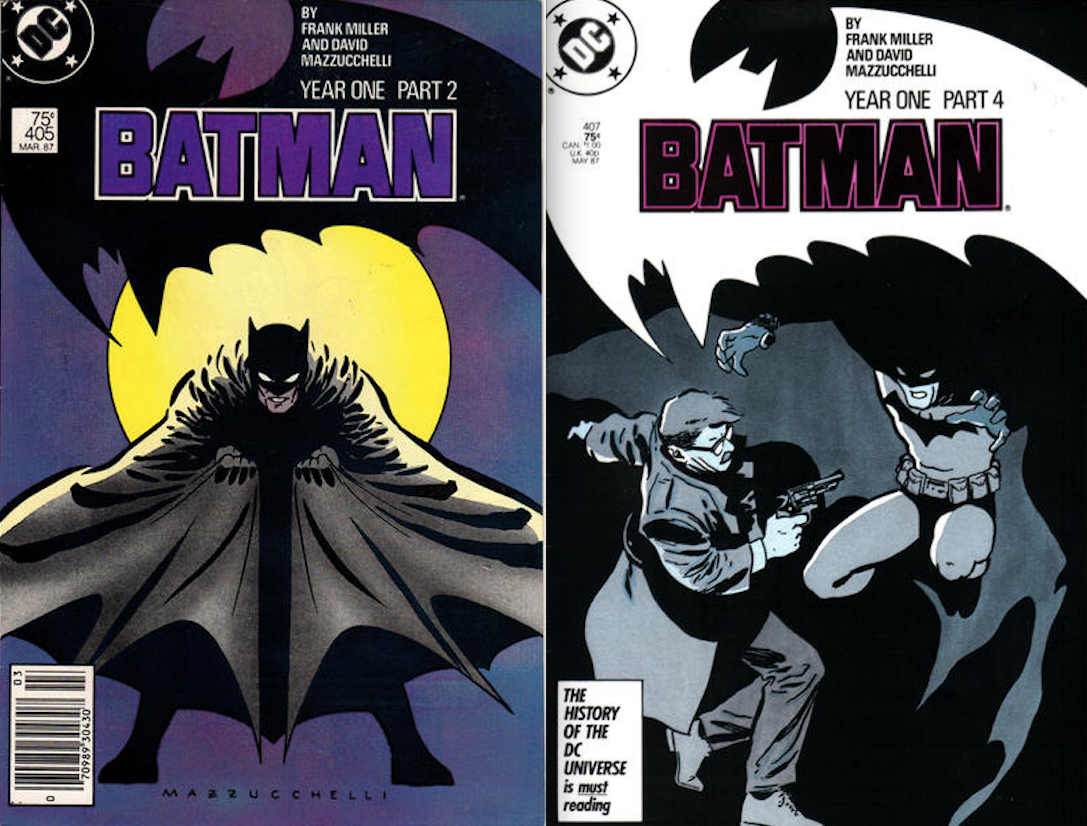
—
2. Detective Comics #38 is still the best version of Robin's origin. Sure, it cuts corners like Golden Age stories do, but all the essentials are there. If you want a modern riff on the story, I recommend 1997's The Gauntlet by Bruce Canwell and Lee Weeks, which is basically Robin: Day One.
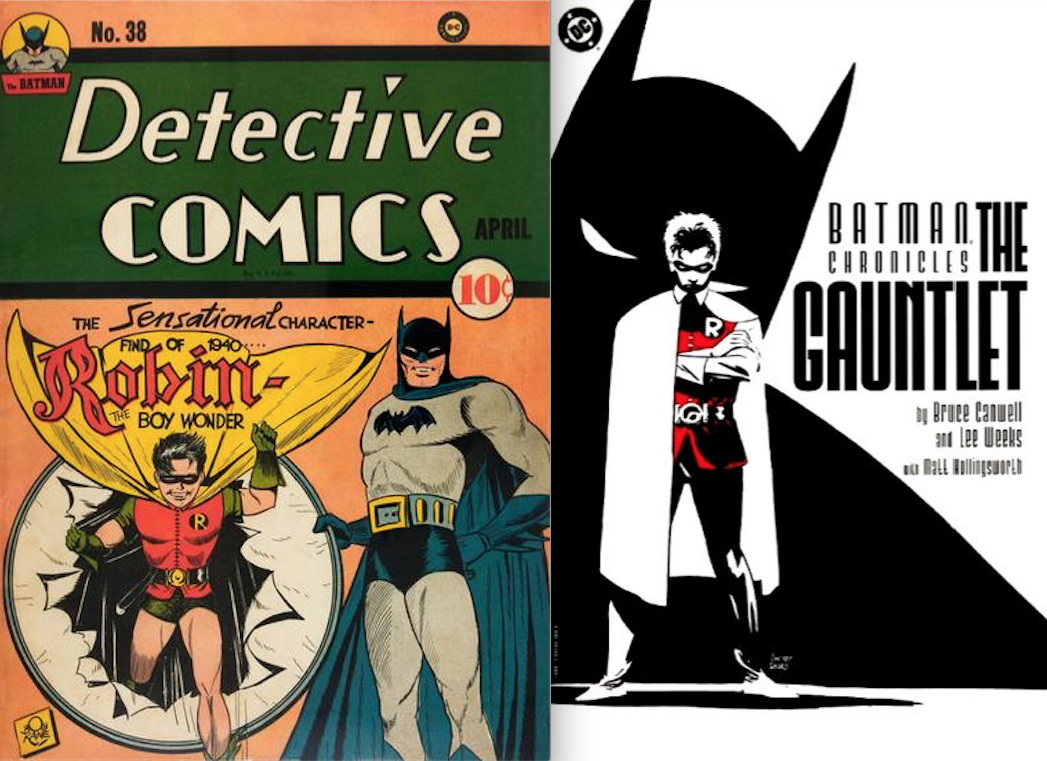
—
3. It came out about 80 years ago, but Batman #1 still provides the best version of the Joker's first appearance. Nevertheless, Miller's tease of the Joker's arrival at the end of Batman: Year One is so tantalizing. DC tried to follow through on that years later with The Man Who Laughs, a story that attempted to synthesize the end of Year One with Batman #1. But it fell short, so I tend to discount it.
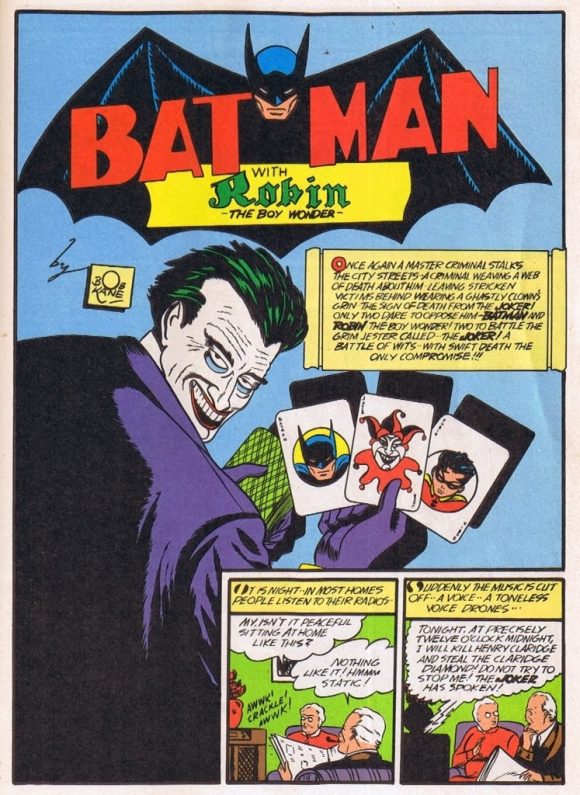
—
4. As far as the Joker's own history? I think The Killing Joke, despite my disdain for many of its more lurid elements, provides a reasonable background, in tandem with 1951's Detective Comics #168, which first gave us the Red Hood. At the same time, I like the Joker's comment in The Killing Joke that he prefers his origin to be multiple choice. In that vein, I do like the idea that he was always a psycho, as we saw in Batman: Zero Year, by Scott Snyder and Greg Capullo.
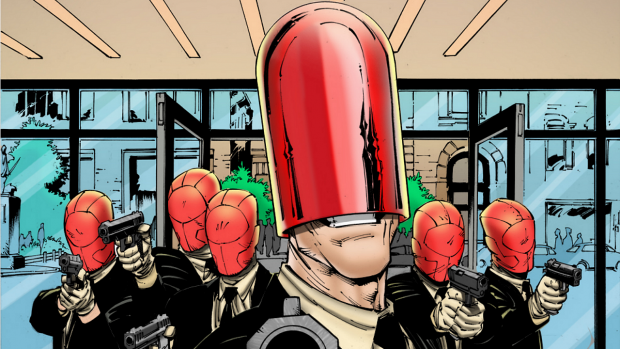
—
5. Other stories I cannot do without: The original Denny O'Neil/Neal Adams Ra's al Ghul saga in the early '70s. The Steve Englehart/Marshall Rogers run on Detective Comics in the late '70s.O'Neil and Adams' Batman #251: The Joker's Five-Way Revenge, from 1973. The full run of Gotham Central, by Ed Brubaker, Greg Rucka and Michael Lark (and others). Court of Owls by Snyder and Capullo is outstanding. Much of Morrison's run — particularly Batman and Robin and the latter volume of Batman Incorporated. Those are brilliant.
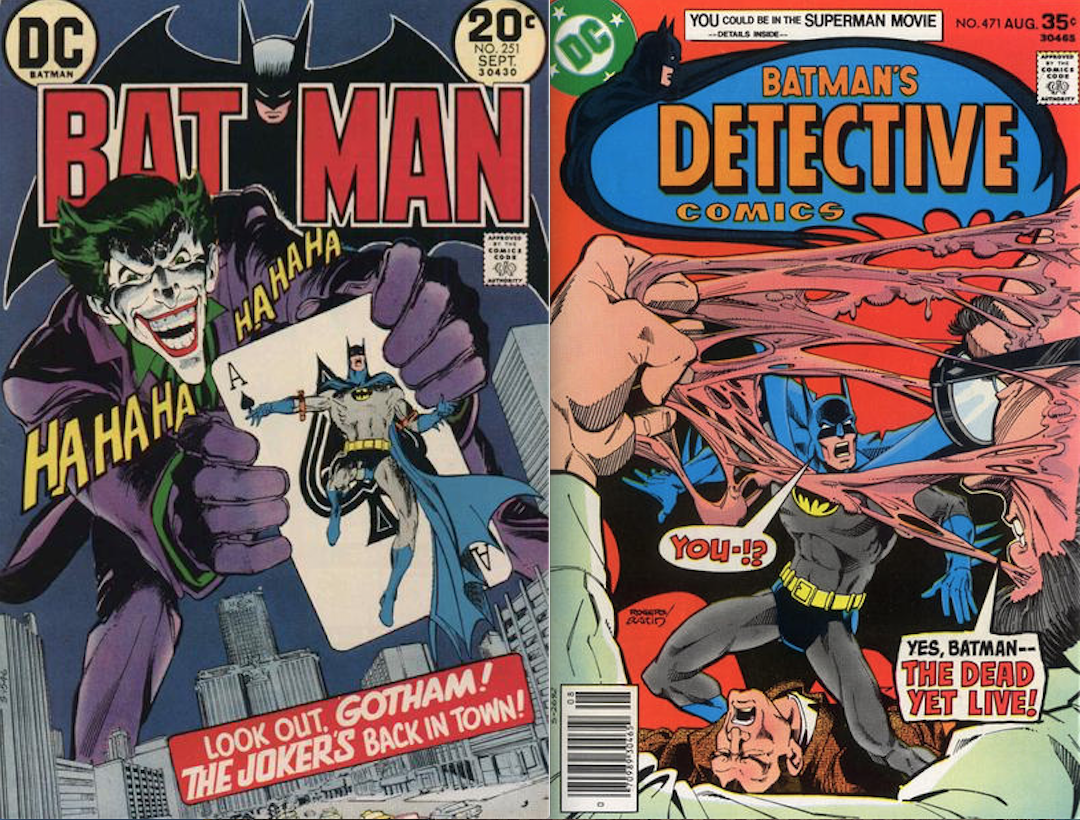
Adams on the left, Rogers and Terry Austin on the right.
—
6. When I think of the original Batman and Robin team, I think of the Silver Age, specifically from the 1964 New Look to the end of the '60s, when Dick Grayson left for college. Combine that with the 1966 TV show and you've hit prime Dynamic Duo.
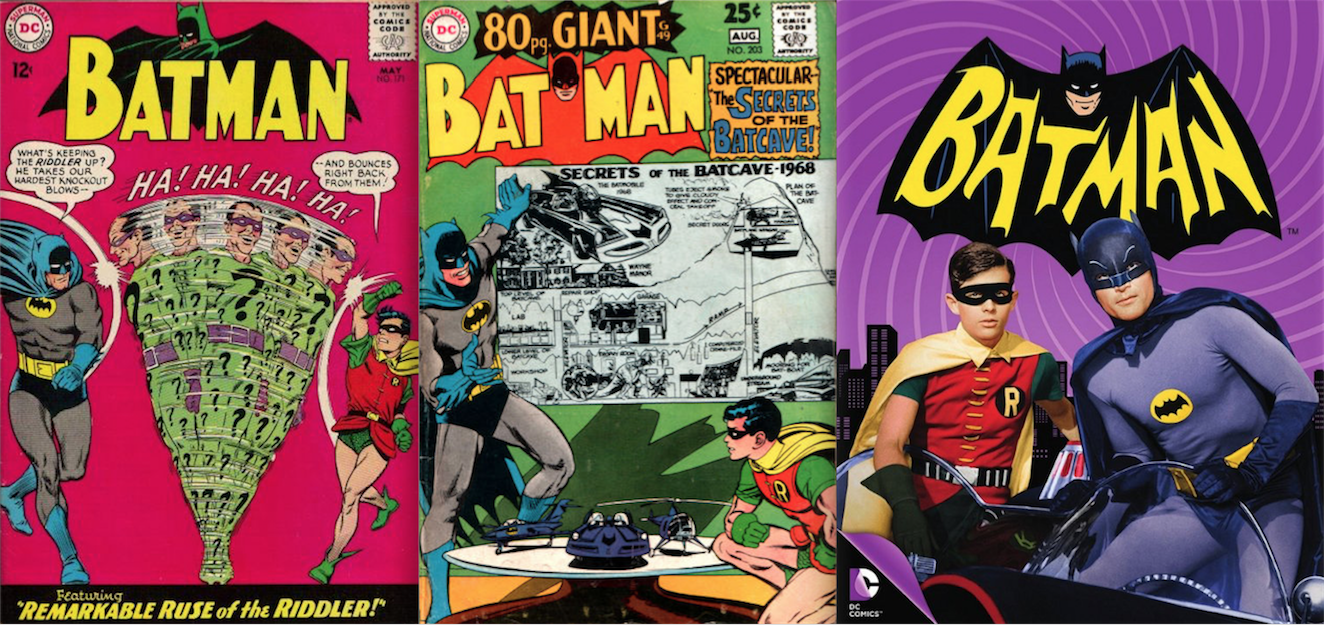
Carmine Infantino and Murphy Anderson on the left, Neal Adams in the middle, you-know-who on the right.
—
7. Catwoman is best as an antihero. Penguin is more fun as a crook but makes more sense as a crime boss. The Scarecrow is better used in smaller doses. Same with Clayface. In fact, I could go years without him. I like Mr. Freeze more than both of them and even he's used too much. Two-Face was scarred by acid, not an explosion. Poison Ivy is not crazy and shouldn't be in Arkham. I love the Riddler.
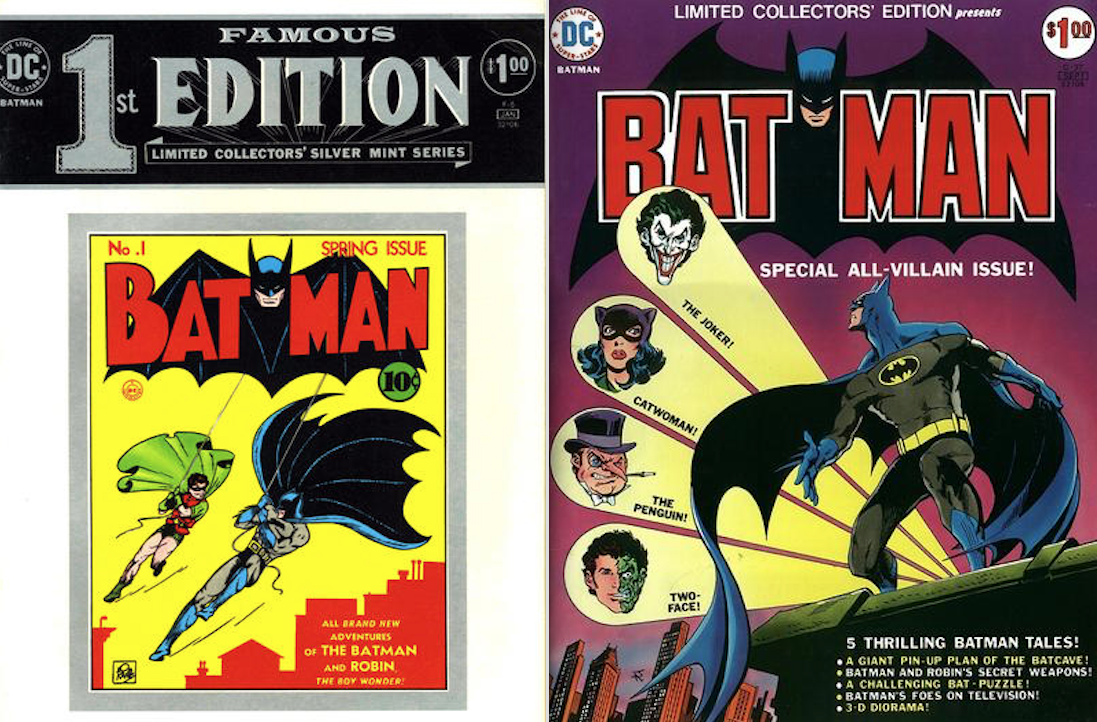
My all-time fave Batman reprint tabloid, tied with Famous First Editions: Batman #1. Read both over and over and over and over…
—
8. Too many Robins! There's no getting around them all and they're impossible to ignore, so I just live with the current situation. DC has twice now blown a golden opportunity to thin the Robin nest. I really do wish Jason Todd — who should never have been resurrected — and Tim Drake would be shelved. (Click here for much more on this — if you dare.) At this point, I'd really like it if Batman had three costumed colleagues: Dick Grayson as Nightwing. Damian Wayne as Robin. Barbara Gordon as Batgirl.

Morrison and Chris Burnham
—
9. Batgirl and The Killing Joke. I think The Killing Joke, regardless of its artistry, is an unnecessarily mean-spirited and misogynistic story. I'm not going to argue all those points here. (Click here for much more on this — if you dare.) I really like the tenor of the modern Batgirl, which borrows from the best of the character's history, including the '66 show. But I suppose I still think of her as having spent time in a wheelchair. Also, she's Gordon's daughter, not his niece.
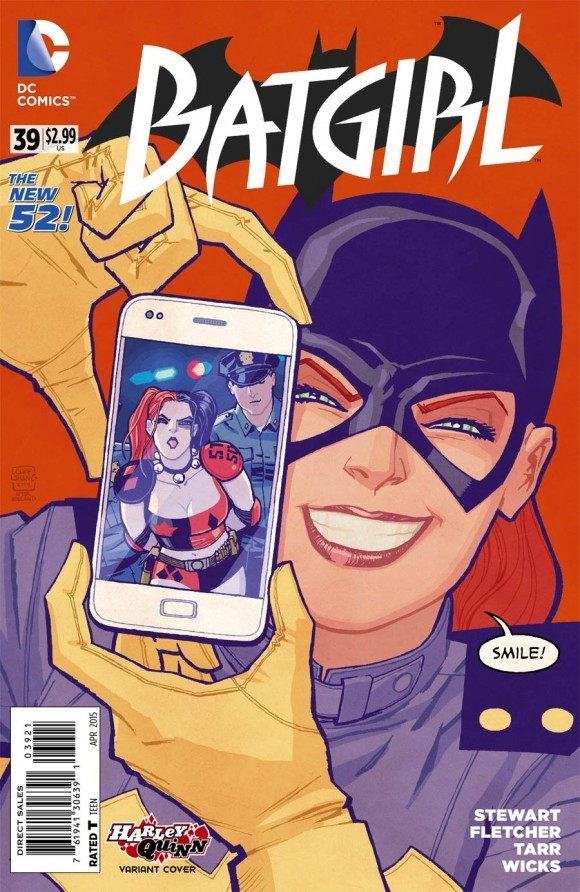
Cliff Chiang
—
10. Still, as much as I love the Batgirl of the 1966 TV show and the Silver and Bronze ages, I think of Dick and Barbara as contemporaries and soul mates. There's just way too much chemistry there.
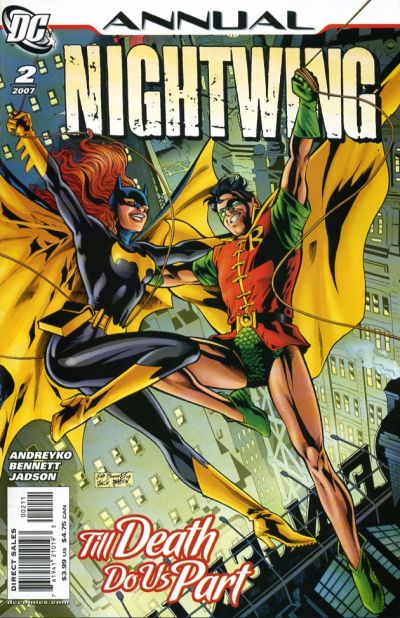
Joe Bennett and Jack Jadson
—
11. No Man's Land and Knightfall do nothing for me. Everytime I see Azrael, I cringe. People love The Long Halloween, Dark Victory, Hush and Arkham Asylum. I like them all fine but not as much as others seem to. I think Dark Victory is the best of these, so you could include elements of it in Robin's history. (Matt Wagner's excellent Batman and the Monster Men and Batman and the Mad Monk also make for a great alternate Batman: Year Two — superior to the original.)
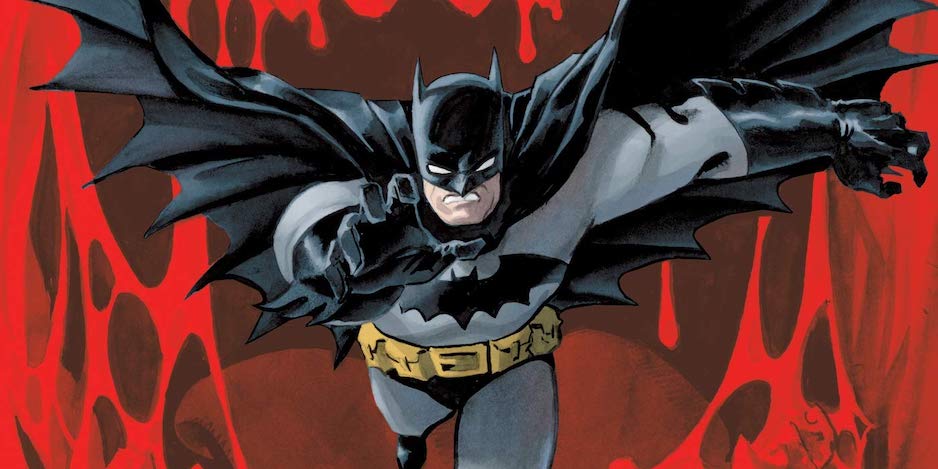
Wagner
—
12. Alfred helped raise Bruce. Joe Chill killed Bruce's parents. Batman learned Joe Chill killed his parents and Chill paid the price.
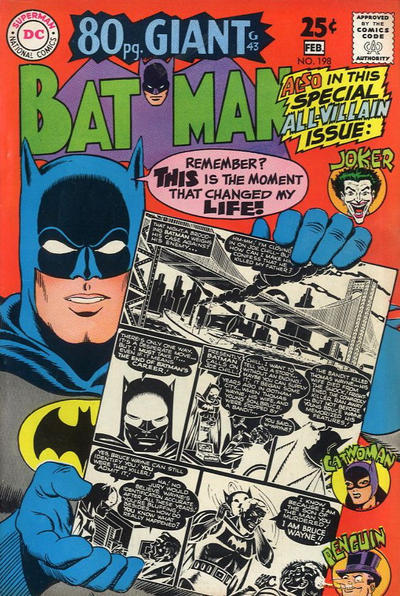
—
13. All due respect to the Batman Beyond fans out there (and I did like the show a lot), the very last page of The Dark Knight Returns is the perfect end to Batman's story.
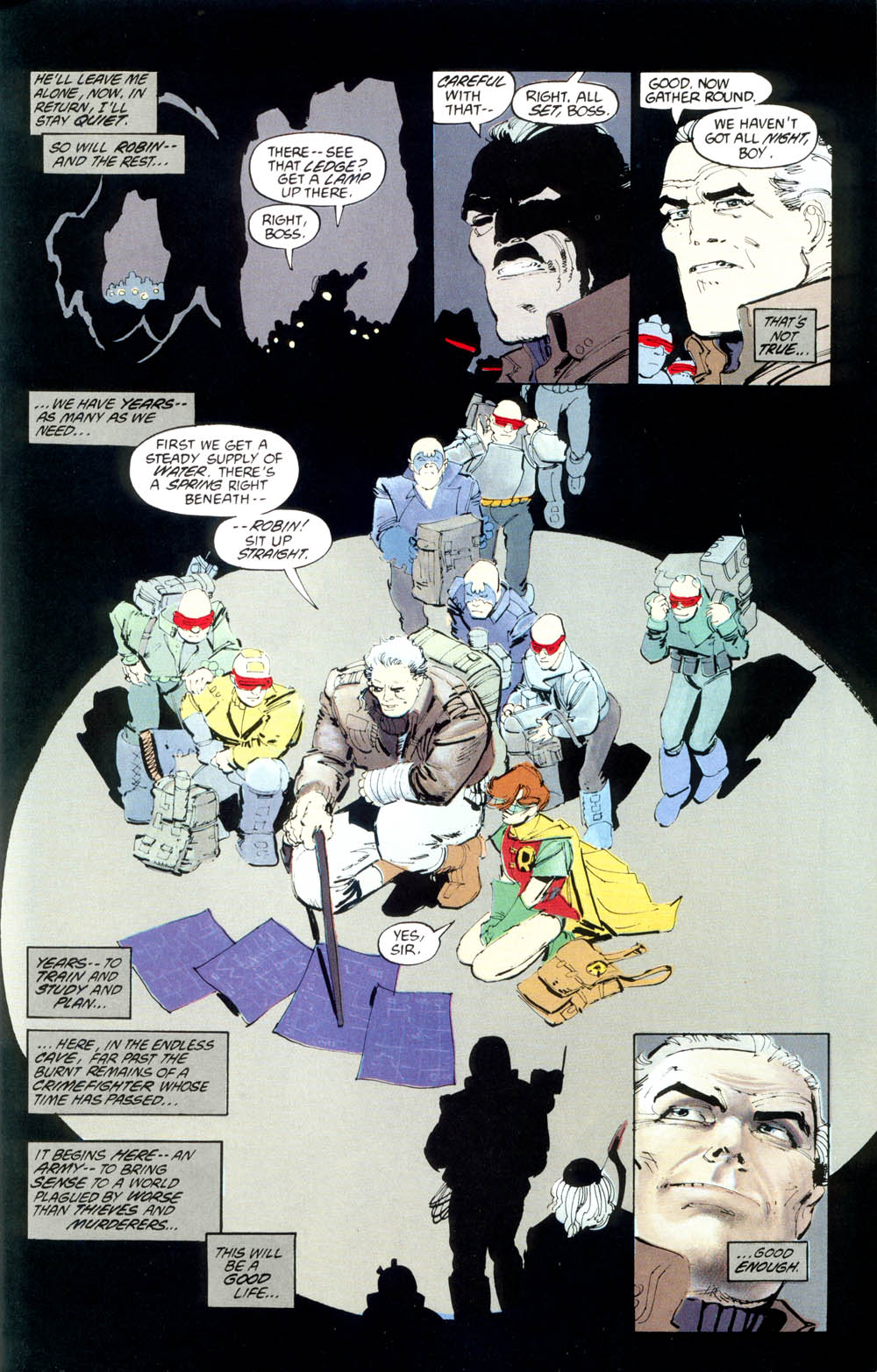
—
MORE
— The TOP 13 BATMAN COUNTDOWN. Click here.
— The ULTIMATE BATMAN READING AND VIEWING GUIDE. Click here.
Source: https://13thdimension.com/its-the-ultimate-batman-continuity-guide/
Enviar um comentário for "Is Batman Universe Story in Continuity"